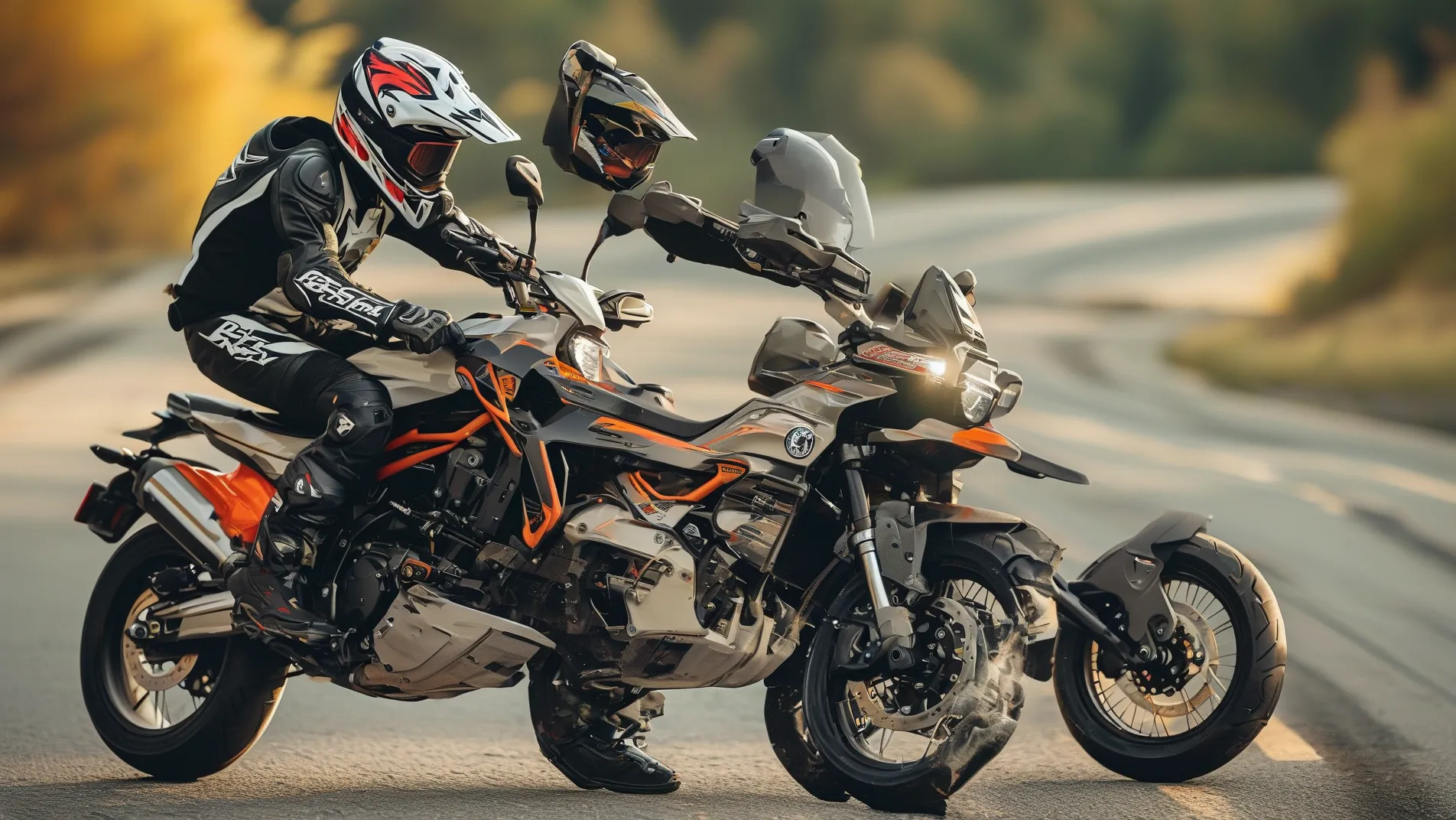Selecting your first motorcycle is an exciting milestone, but it’s easy to fall into traps that could compromise safety or lead to buyer’s remorse. New riders often face overwhelming choices, from engine sizes to tech features, while balancing affordability and practicality. Let’s break down five critical mistakes beginners make—and how to avoid them—using insights from motorcycle safety experts and industry data.
Mistake #1: Overestimating Engine Power Needs
The allure of a roaring engine often tempts new riders toward bikes with excessive horsepower. According to the Motorcycle Safety Foundation (MSF), beginners should stick to motorcycles under 500cc (or 40–50 horsepower) to maintain control during the learning phase. High-performance bikes like supersports or heavy cruisers amplify risks, especially in low-speed maneuvers.
Solution: Opt for entry-level models designed for skill-building:
– Honda Rebel 300 (286cc): Lightweight with a low seat height
– Kawasaki Z400 (399cc): Agile handling and linear power delivery
– Yamaha MT-03 (321cc): Forgiving throttle response for urban riding
The Insurance Institute for Highway Safety (IIHS) notes that 68% of novice rider crashes involve bikes exceeding recommended power limits.
Mistake #2: Ignoring Weight and Ergonomics
A bike that’s too heavy or poorly fitted can turn parking lot drills into nightmares. The MSF advises choosing motorcycles under 400 pounds with a seat height allowing flat-footed stops. Dual-sport and adventure bikes like the Honda CRF300L Rally (309 lbs) outperform bulkier alternatives in maneuverability.
Pro Tip: Test seat positions at dealerships. If your knees bend beyond 90 degrees or you strain to reach handlebars, reconsider.
Mistake #3: Prioritizing Tech Over Simplicity
While quickshifters and ride modes dazzle, they distract from mastering fundamentals. A National Highway Traffic Safety Administration (NHTSA) study found that 43% of new riders using advanced rider aids developed slower braking/steering reflexes.
Focus First On:
– ABS (reduces stopping distance by up to 20% on wet roads – IIHS)
– Basic instrumentation (speedometer, fuel gauge)
– Manageable tire width for predictable grip
The Suzuki SV650 balances modern ABS with a minimalist design, ideal for skill development.
Mistake #4: Underestimating Ownership Costs
New riders often overlook expenses beyond the sticker price. A JAMA Motorcycle Industry Report shows that maintenance, insurance, and gear add 40–60% to first-year costs.
| Expense | Average Cost |
|---|---|
| Full Coverage Insurance | $500–$1,200/year |
| Helmet/Jacket/Gloves | $300–$700 |
| Maintenance | $200–$500/year |
Budget Hack: Compare insurance quotes before buying—naked bikes like the KTM 390 Duke often cost less to insure than faired models.
Mistake #5: Skipping Pre-Purchase Inspections on Used Bikes
Secondhand bikes save money but pose hidden risks if unchecked. Cycle Trader’s survey revealed that 32% of used motorcycles sold privately have unresolved mechanical issues.
Buy Smart: Always request:
1. Maintenance records confirming oil/filter changes
2. Tire DOT codes (replace if over 5 years old)
3. Compression test results (minimum 100 psi per cylinder)
Trustworthy dealers like Yamaha Certified Pre-Owned offer warranties on inspected bikes—critical peace of mind for novices.
Final Thoughts: Practice Trumps Horsepower
The best beginner motorcycle matches your physique, budget, and patience to learn—not Instagram aesthetics. Before committing, take an MSF Basic RiderCourse ($250–$350) to try different styles risk-free. Remember: Mastering a 300cc bike now means confidently upgrading later versus recovering from preventable mistakes.




Leave a Reply